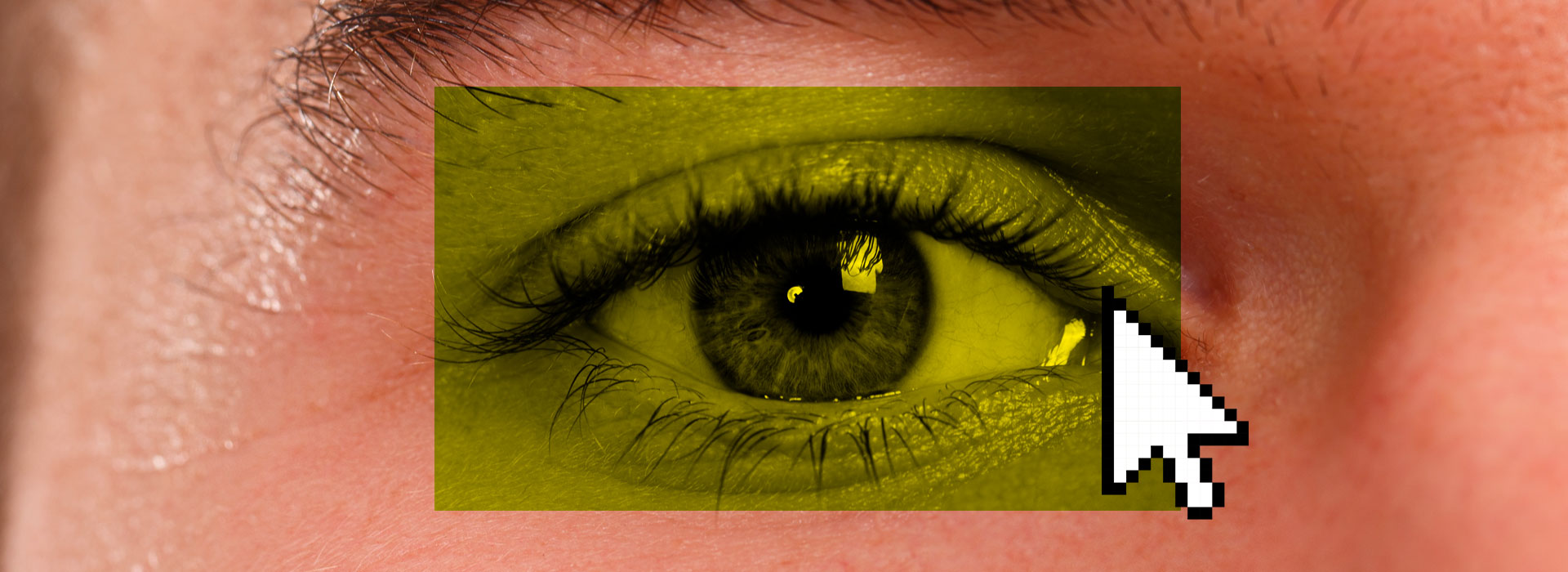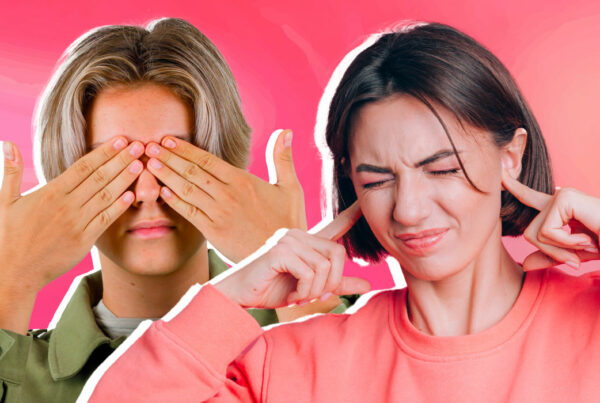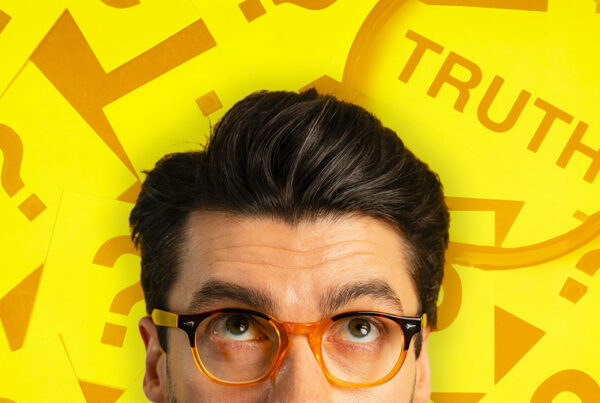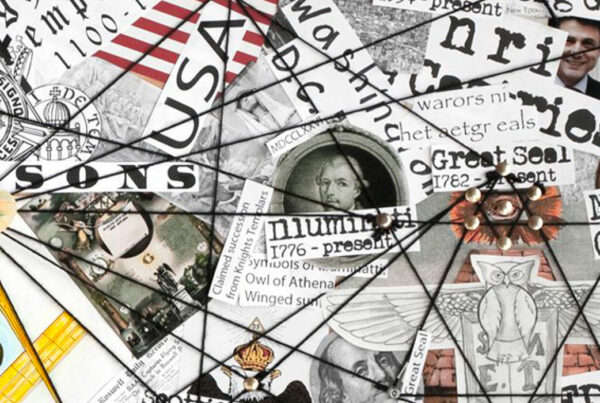Misinformation circulates everywhere on social media, and some of it is particularly well-crafted. Between doctored images, videos taken out of context, and ultra-realistic edits, it becomes difficult to distinguish truth from falsehood. But good news: there are techniques and tools to spot these manipulations and avoid falling into the trap.
Why is it so dangerous?
Because an image leaves a lasting impression. It marks minds, evokes emotion, shocks, outrages… even if it’s false. A photo taken out of context or a well-made edit can influence our opinions, fuel conspiracy theories, incite hatred, or manipulate public opinion.
1- The 4 Major Forms of Visual Manipulation
📍 Images Taken Out of Context
This is probably the most frequent technique. A real, unaltered image is simply used in a different context to serve a misleading message.
Example: A video of police violence in South Africa was presented on social media as a scene taking place in France, to denounce the French government.
📌 How to verify?
→ Perform a reverse image search (see tools below) to find its first appearance and real context.
→ Read comments or fact-checking articles that may have already debunked the content.
2- Cropped, Truncated, or Modified Images
Part of an image is cut, a filter is added, or an element is modified to make the scene say something else.
Example: A photo of a protest in Serbia was cropped to make it appear as if an EU flag was being burned, when in fact it was lying on the ground behind barriers.
📌 How to verify?
→ Compare it with the original version of the image (often visible via reverse image search).
→ Observe blurry, distorted, or inconsistent areas (shadows, reflections, proportions…).
3- Photomontages and Digital Manipulations
Elements are superimposed, objects are cloned, faces are inserted… Result: an image entirely invented, yet very realistic.
Example: A fake photomontage claimed a political figure had attended a meeting with extremists, when in fact their face had simply been added to the photo.
📌 How to verify?
→ Zooming in on the image may reveal signs of editing.
→ Use image analysis tools (see below).
4- Deepfakes (and Other Fake Videos)
Thanks to artificial intelligence, it’s now possible to make someone say or do something they never said or did, in an ultra-realistic video.
Example: A fake video showed a Balkan president making anti-European statements — everything was false, but the video seemed authentic.
📌 How to verify?
→ Pay attention to lip synchronization, weird micro-expressions, or voice changes.
→ Verify the video’s source (reliable account or unknown?), and cross-check the information.
But also… misleading graphs: When numbers tell you what someone wants them to say
A graph is super useful for understanding lots of information at once. But beware, it can also mislead you… sometimes even intentionally! You don’t need to invent numbers to manipulate opinion: it’s enough to present them in a certain way to steer your interpretation.
🔍 Most commonly used techniques:
🚨 Selecting what suits: Some data is hidden or highlighted depending on the desired objective.
📉 Playing with scales: By modifying proportions, you can exaggerate or minimize a phenomenon.
🎨 Creating visual chaos: Too many elements or misleading design make the message unclear.
📊 Using inappropriate shapes: Some graphs distort the perception of differences between numbers.
🧐 Correlation vs. causation: The trap of false relationships
Two curves rising together must be linked, right? Not so fast! Graphs love to play on the confusion between correlation (two phenomena evolving simultaneously) and causation (one is the cause of the other). This bias is exploited to make people believe in links that don’t exist, by superimposing curves that have nothing to do with each other.
Example? The number of films featuring Nicolas Cage and the number of drownings in the United States are correlated… but that doesn’t mean watching his films makes you want to jump into a swimming pool. 😆 So, before falling for it, always ask yourself: “Are these two sets of data truly linked, or is it just a coincidence?”
In short, before believing a graph, ask yourself if the image truly corresponds to the real numbers or if someone is trying to subtly influence you! 🔎💡
5- Some tips to avoid these manipulations:
🔍 1. Check the date of an image
🗓 Beware of dates!
Many fake news stories reuse old images to make it seem like a recent event. First reflex: check the date. To do this, you can look into the image’s metadata, called Exif data. They can reveal the exact date and sometimes even the location where the photo was taken. On a PC, a simple right-click (Properties > Details) will tell you more. You can also use tools like Jeffrey’s Exif Viewer to explore this hidden information.
🖼️ 2. Do a reverse image search with Google Images or TinEye
🔎 Reverse image search, your best ally!
Sometimes, fraudsters are lazy and reuse archive images. To check if a photo has been published before, use reverse image search on Google Images, TinEye, or Yandex. Drag and drop the photo or copy its URL, and you’ll see where it has already appeared on the web. It’s simple and incredibly effective for detecting edits or images taken out of context!
🕵️♂️ 3. Look at the details in the image
🧐 A lynx eye for spotting inconsistencies
Look closely at the details: clothing, signs, weather, architecture… Anything that might seem strange or anachronistic. You can also verify locations using Google Maps, Earth, or Street View to compare with reality.
👤 4. Who is the original author?
📲 Investigate the “first poster”
Before trusting an image, trace it back to its source! Who posted it first? Verify the author’s identity: is it a journalist, an amateur, or an account that often shares dubious content? This little investigation can tell you a lot about the information’s reliability.
🤝 5. Use networks… to verify networks!
🌐 Fact-checking is also collective
Look for refutations, read comments, and discuss with other internet users. Many fact-checking communities exist to track down fake news. Together, it’s easier to spot inconsistencies! There are also websites that list fake news in current events, so don’t hesitate to check if the information has been debunked on these sites!
6- Tools to verify an image or video
🔍 Reverse image search
- Google Images (click the camera icon)
- TinEye
- Yandex (very powerful for certain viral images)
- InVID (browser extension to verify videos)
🧪 Technical image analysis
- FotoForensics: to detect edits, abnormal compressions…
- JPEGsnoop: to analyze a photo’s metadata
🧩 Deepfake detection
→ For now, no 100% reliable public tool exists, but observatories like Deepware or Hive AI offer detection services (in English).






